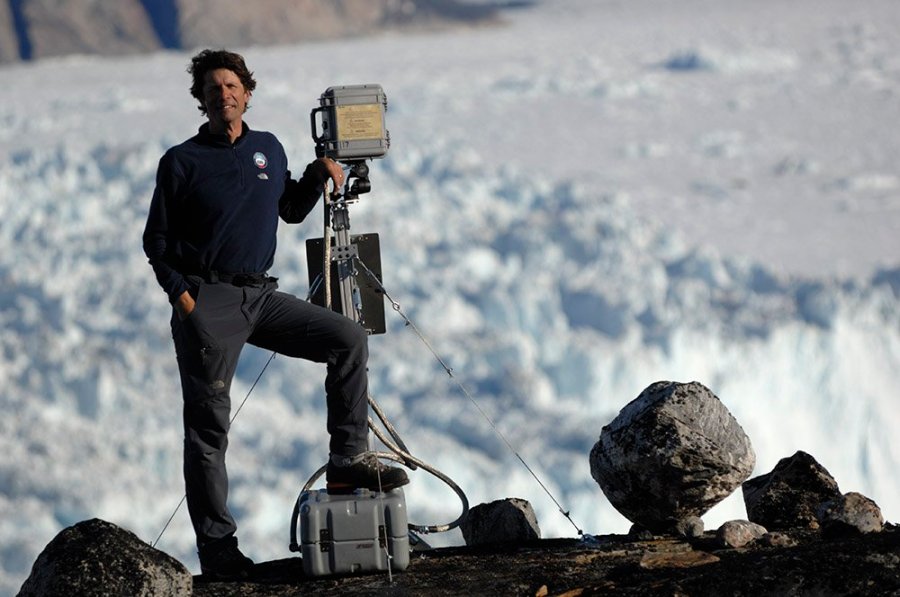No photographer is doing more to alert the world to the reality of climate change than James Balog.
An environmental photographer for 40 years, James is a passionate US environmental photographer, film-maker, and founder and president of the Earth Vision Institute and Extreme Ice Survey
He’s famous for his work on the relationship between humans and nature, including the impacts of climate change on the world’s glaciers. For this ongoing project, he developed a network of time-lapse cameras to provide conclusive proof of what is happening.
With James is about to release a hard-hitting update to his hugely influential documentary Chasing Ice, deputy editor Geoff Harris caught up with him at the Xposure photography show in the UAE.
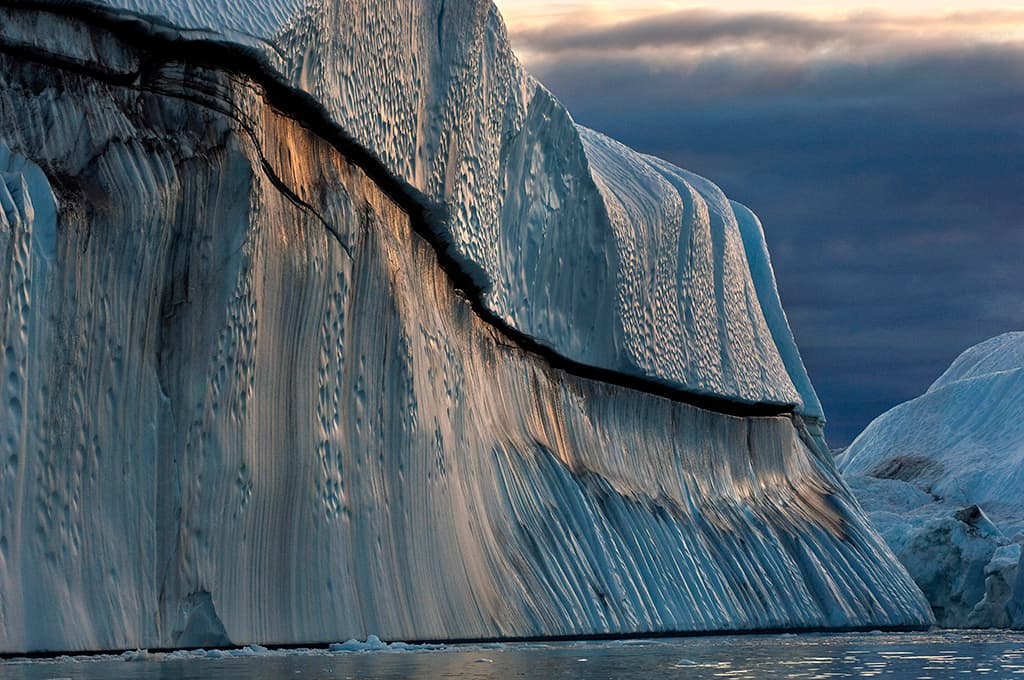
Icebergs that have rolled over and been scalloped by waves metamorphose into fantastic shapes. Ilulissat Isfjord, Greenland. Nikon D2X, 70-200mm, 1/1250sec at f/4.5, ISO 320
We understand you have recently returned from Iceland, which is a very popular destination for landscape photographers. What is the situation like over there?
Well, most glacial ice in most parts in the world is retreating. In Iceland, we’ve been setting up project to monitor the ice situation for the next 100 years. Most Icelanders believe they will lose most of what they have by end of this century.
Can you tell us any more about the update to your highly influential movie, Chasing Ice?
The Extreme Ice Survey started watching the glaciers retreat through time-lapse photography – it was my visual expression of what was happening, The original Chasing Ice, which came out in 2012, was really a documentary about this.
The big reveal in the new movie, which will come out in May, is that almost all the ice we were looking at from 2008 to 2012 has gone. It’s not there any more.
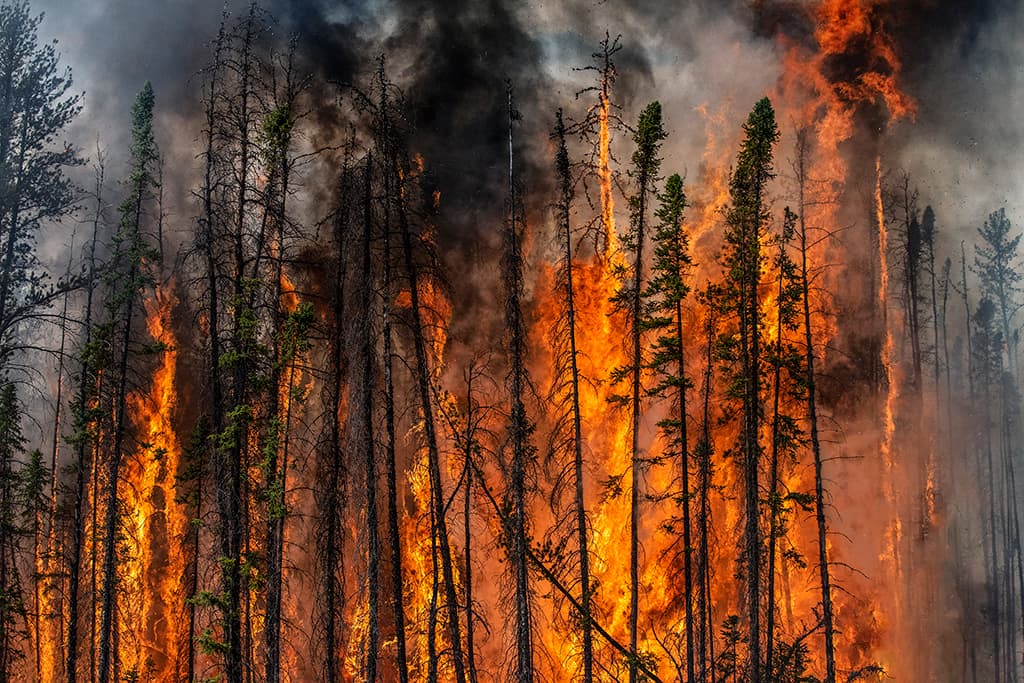
A prescribed burn near Fort Providence, Northwest Territories, Canada. Nikon D810, 70-200mm, 1/4000sec at f/8, ISO 1600
By doing this work, you’ve gained a much deeper realisation about humanity’s relationship to the rest of nature, right?
My book and film project, The Human Element, summarised my work as an environmental photographer but it was also about bringing together all these different pieces of environmental change. What is happening all around us now is not just about ice.
It’s about the impact we have on air, water, wildlife, plants, animals – all part of our ecosystem.
The Human Element observed that there is really no boundary that separates people from nature. I’ve had that misconception in my head my whole life.
I thought I was looking at the boundary that separates people from nature but during the course of working on the Human Element, I realised that no, humanity is just ONE of the elements operating within the natural system.

James Balog at the Xposure Photo Expo, where he is a keynote speaker
The whole tradition of western civilisation, and some parts of eastern civilisation, is wrong. We are one part of nature, and we are reshaping the world as we know it today.
So what can we as photographers do? It’s easy to feel impotent and overwhelmed.
People are not thinking systemically and holistically. One of the important things we can add to civilisation as photographers is that we ARE paying attention.
We are trying to look broader and wider and deeper than people typically get the chance to do when they are tied up in their ordinary, day-to-day lives. Normal day to day life is very all-consuming. People don’t get the chance to think in these super broad terms that I do, thanks to my role as an environmental photographer.
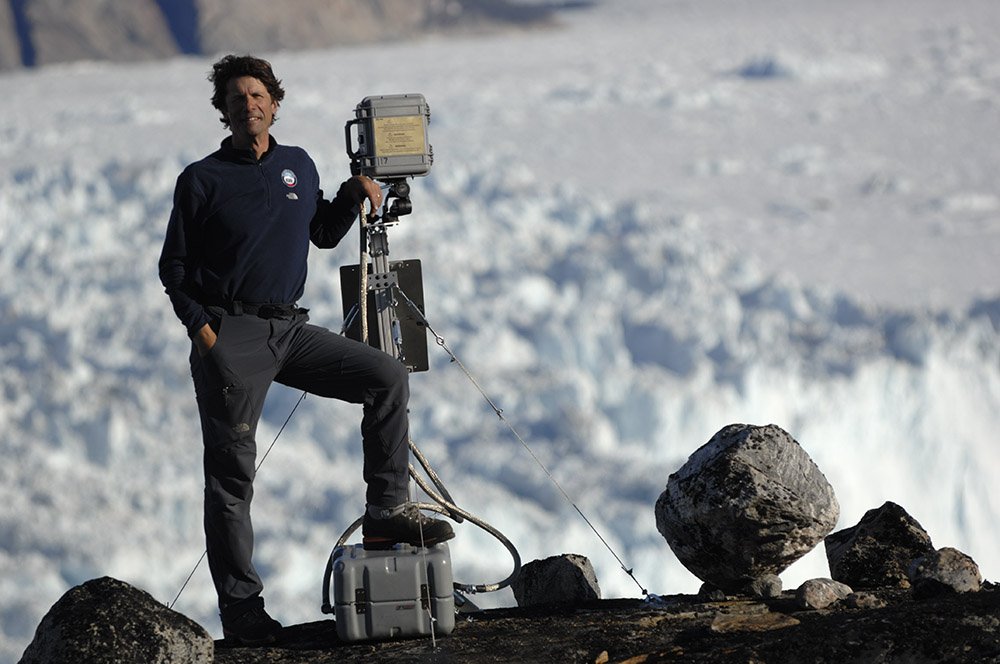
James with some of his time-lapse cameras. Credit: Extreme Ice Survey
You are keen to stress that you are not just recording climate change in a dry, scientific way, right?
All of my work comes out of my own personal reaction to the world as I find it to be – so it’s an artist’s expression first. That is what art is, your own personal reaction.
At the same time, I recognise that it connects to what is happening to the wider world all around us, and I make those connections based on what science understands.
So, my work is a mixture of art and science, looking at the world through these different modalities – a subjective, personal aesthetic one, and a factual, rational, sometimes statistical, one.
Glacial retreat has been studied and measured for a long time, but until we came along there was not a good big body of work showing these changes in a visual way that people could understand. The pictures bring ice retreat to life.
I hope my work can do something positive by shifting public opinion and bringing us to a better place. This broader idea of the human element being part of the wider natural system will take a long time, maybe centuries, for western society to fully assimilate.
All I as a photographer can do is drop the stone in the pond, watch the ripples go out and hope it makes some difference in the wider context.
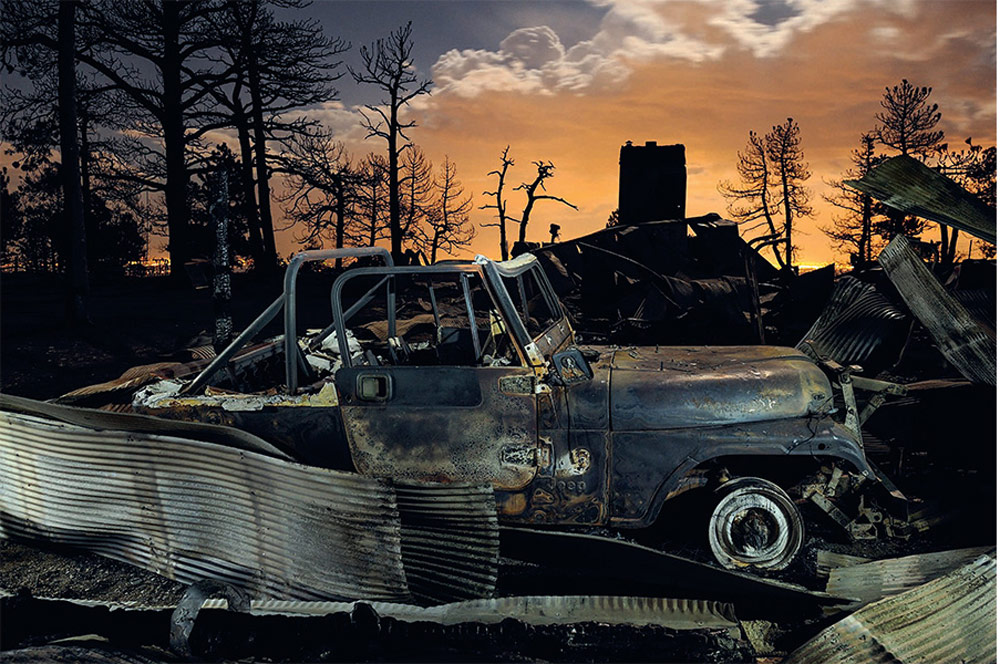
James’s ground-breaking book, The Human Element, presents four decades of his research into climate change and photography. Credit: James Balog
Are you optimistic and pessimistic? And how do you respond to people who accuse nature and environmental photographers of hypocrisy by still flying around to give talks and workshops?
There are good things happening. We are moving towards renewable energy and electric cars in a big way, but boy, we need a lot of big changes to be happening quickly if we are going to shut this thing off before it gets very bad.
The slow pace of change is really frustrating. The technological, political systems we have inherited are slow to move, it’s a big Titanic ship that only turns a little bit – we need to be making fast turns, not slow ones.
I hope that what I do as a photographer has enough of an impact to justify the flights I take. I pray the world is better off with the message my colleagues and I can bring, rather than if we all just stayed at home.
That said I am conscious of the pretty severe environmental impact of my trip here from the western USA. So, I also have a concept of a personal carbon tax. I drive one electric car, the other is a hybrid, I use solar panels and I contribute a lot to reforestation projects.
We can all do something in our own limited way.

